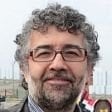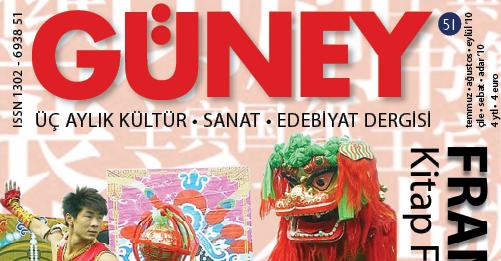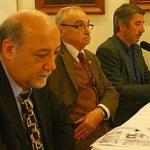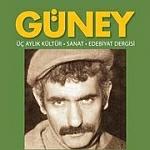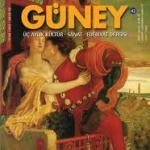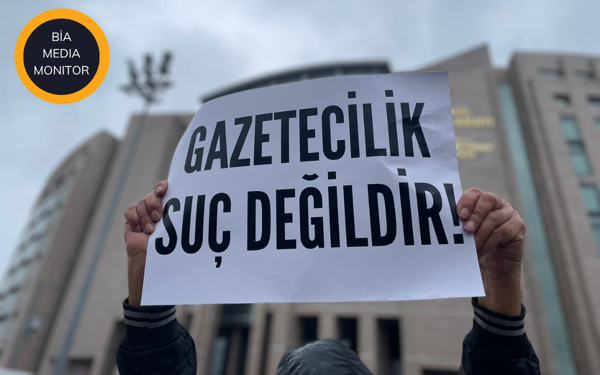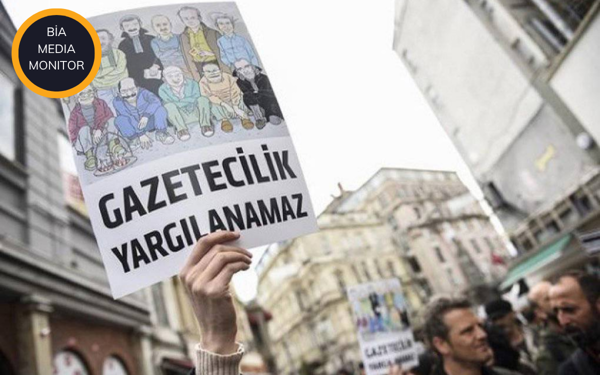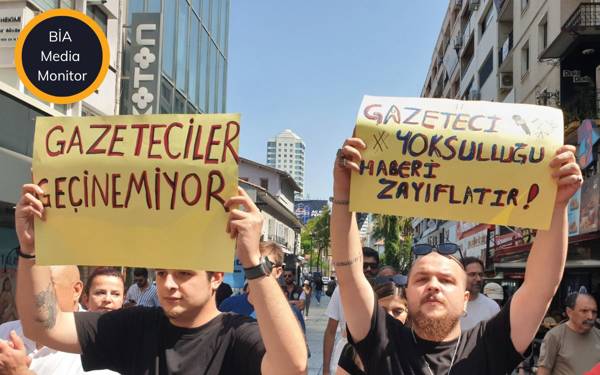After the first hearing on Thursday (7 September) in the case against journalist Aziz Özer, the Public Prosecutor is going to prepare his final speech for the second hearing. Özer, editorial manager of the Güney magazine, is charged with "spreading propaganda for the PKK", the militant Kurdistan Workers Party, on the grounds of a caricature and a story about an armed conflict depicted from the view of a PKK member.
The Istanbul 9th High Criminal Court prosecutes Özer by reason of on the article entitled "The story of an incredible three-day resistance" written by Mehmet Söğüt and a short picture story called "The Judge" by Meray Ülgen, published in the 51st issue of the magazine from January-February-March 2010.
Case has reached its final stage after first hearing
Özer attended the hearing together with Çetin Desde, an employee of the Güney magazine. The Istanbul Public Prosecutor, Hakan Karaali, opened the case on 11 May under article 7/2 of the Anti-Terror Law (TMY). He demanded prison sentence of 7.5 years for the journalist.
Özer made his defence speech subsequent to the usual court procedures of confirming his identity. The journalist stated that he did not see any element of crime in the article and the caricature. He claimed that he published both in the magazine within the scope of freedom of expression.
Postponed to 17 February
The court decided to entrust the file to the public prosecutor for the preparation of the final speech of the prosecution. The case was postponed to 17 February 2011 due to the "busy trial calendar".
Article and caricature lead to court
The current charges stem from the article "The story of an incredible three-day resistance" published on page 24 of the issue dated 21 January. It describes an armed conflict between security forces and a PKK member who got injured during the clashes from the perspective of the member of the organization:
"The soldiers started to come down the opposite hill. The group in front of us will meet them... Hamit opened the fire so that the enemies do not come too close. Bullets were fired one after another. The guerrilla did not even raise their heads... The place the guerrilla stayed meant death for them. There was neither a rock to escape to nor trees to hide. The guerrilla next to Hamit was shot in his head and died. In a desperate attempt to save our lives, Hamit shot the ones coming in front... He put his gun on his head to commit suicide. He preferred to die instead of being caught by the enemy. I did everything to be worthy of my party. I can bear hunger, thirst and pain but I do not surrender... The tape was still running. It was installed for moral support. It played songs of resistance, 'on the way to revolution / obstructions must be overcome / chains on the mountains and in the plains must be broken / some of us fell, again and again I witnessed the cruelty of the enemy".
"Witnessing their cruelty made me more determined in my struggle... I hope you will find me here dead or alive, because I do not want the enemy to get hold of my body".
A caricature in the 98th issue of the magazine featured a grave stone with crescent and star and the name "Niyazi Martyr". The caricature is also subject of the trial since it was assessed as an "implication" that a security official who died in conflicts with the PKK "died for nothing", as "praise of force and violence" and "spreading propaganda for the PKK". (EÖ/VK)




